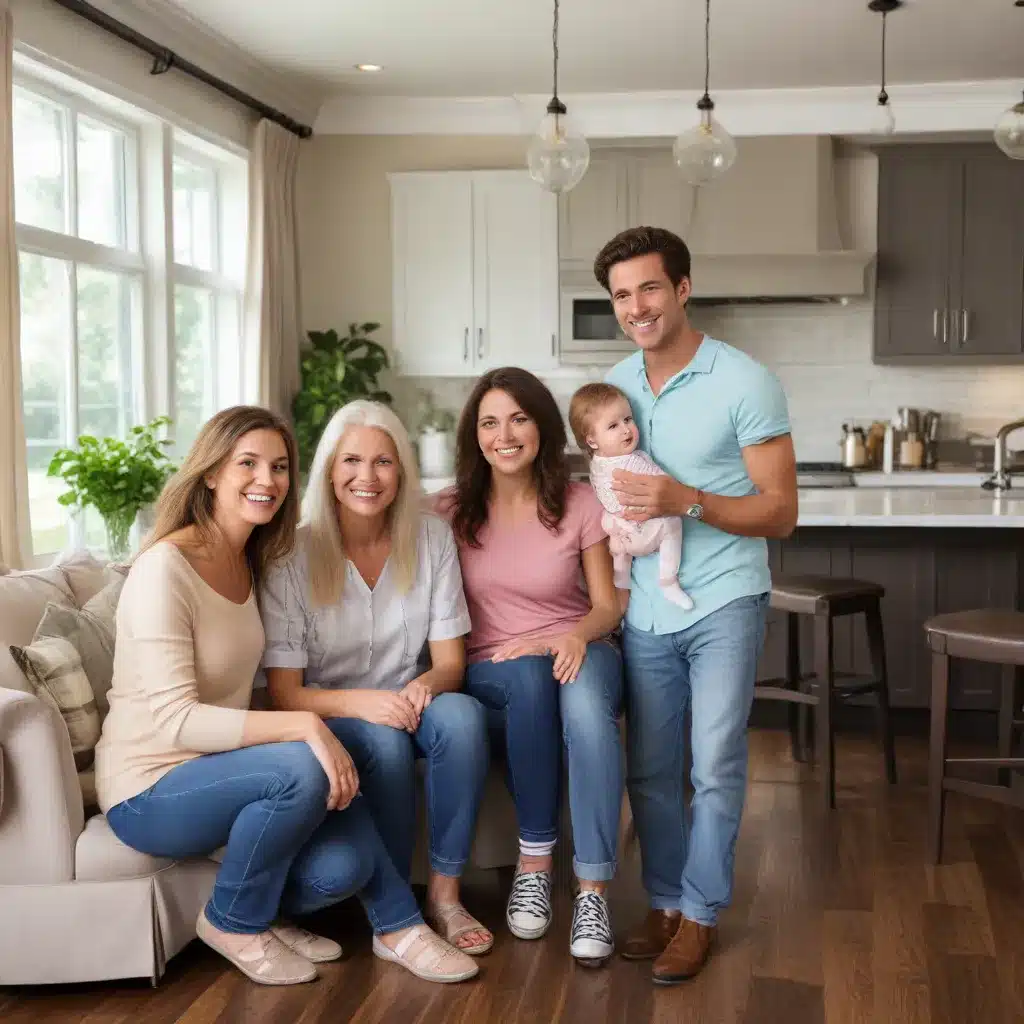The number of multigenerational households in the United States has risen dramatically in recent years. According to the Pew Research Center, the percentage of Americans living in such arrangements quadrupled from 7% in 2011 to 26% in 2021. This trend has been driven by a variety of factors, including the economic challenges of rising living costs, the desire for closer family bonds, and the growing needs of aging populations.
Demographic Shifts and the Rise of Multigenerational Households
The surge in multigenerational living is particularly evident among younger adults. The Pew study found that nearly one-third of 25- to 29-year-olds now reside with their parents and other relatives. This shift reflects the pragmatic realities of managing household expenses, as well as the cultural traditions of close-knit families in many communities.
Benefits of Multigenerational Living
Living with extended family can offer significant advantages for all involved. Pooling financial resources allows families to weather economic uncertainties more effectively, providing a buffer against inflation and rising costs. Additionally, the shared caregiving responsibilities can be a boon, with grandparents able to assist with childcare and older relatives receiving support as they age.
Intergenerational Relationships and Support
Beyond the practical benefits, multigenerational living can also foster stronger family bonds and a sense of community within the home. Children have the opportunity to develop meaningful relationships with their grandparents, while older family members enjoy the companionship and活力 of younger generations. This intergenerational exchange can be especially valuable, as it allows for the transfer of knowledge, traditions, and family values.
Remodeling for Extended Family Needs
As the trend of multigenerational living continues to grow, homeowners are increasingly exploring ways to adapt their living spaces to accommodate the diverse needs of multiple generations. Remodeling projects that address the unique requirements of extended families can create a harmonious and functional living environment.
Adapting Living Spaces
When designing a multigenerational home, flexibility is key. Incorporating features like sliding doors, room dividers, and multipurpose furniture allows for the seamless transition between shared communal areas and private retreats. This balance is essential, as it enables each family member to enjoy both the benefits of togetherness and the privacy they require.
Accessibility and Mobility
As families grow and age, the accessibility of the home becomes increasingly important. Incorporating universal design principles, such as wider doorways, lever-style door handles, and non-slip flooring, ensures that the living space remains safe and comfortable for all occupants, regardless of their physical abilities.
Privacy and Shared Spaces
Creating a successful multigenerational living arrangement often comes down to striking the right balance between private and shared spaces. Designating separate but connected living areas, such as in-law suites or additional living quarters, can provide the desired independence while maintaining the proximity that fosters close family bonds.
Design Strategies for Multigenerational Homes
Experienced design-build professionals can play a crucial role in helping families navigate the complexities of multigenerational home design. By incorporating flexible floor plans, separate living quarters, and universal design principles, these experts can create living spaces that cater to the evolving needs of all family members.
Flexible Floor Plans
One of the key strategies for multigenerational homes is to incorporate flexible floor plans that can adapt to changing family dynamics. This may involve open-concept layouts with adjustable partitions, or zoned living areas that provide a balance between shared spaces and private retreats.
Separate Living Quarters
For families seeking a greater degree of independence within the shared living space, the addition of in-law suites, accessory dwelling units, or connected but separate living quarters can be a game-changer. These self-contained spaces, often with their own entrances, bedrooms, and kitchenettes, allow for privacy while still maintaining the benefits of proximity to the larger family.
Universal Design Principles
Embracing universal design principles is crucial when remodeling for multigenerational living. This holistic approach ensures that the home is accessible, comfortable, and safe for occupants of all ages and abilities. Features like zero-threshold entries, adjustable countertops, and easy-to-use fixtures can greatly enhance the usability of the space for everyone.
Financing and Legal Implications
When embarking on a multigenerational home renovation, it’s important to consider the financial and legal aspects of the project. Careful planning and collaboration with experienced professionals can help ensure a smooth process and a successful outcome.
Budgeting for Remodeling
Remodeling for multigenerational living can be a significant investment, but there are strategies to make it more budget-friendly. Homeowners may explore options like shared ownership, pooled resources, or even government assistance programs designed to support aging-in-place initiatives.
Estate Planning and Property Ownership
When multiple generations are living under one roof, it’s crucial to address legal and estate planning considerations. This may involve property ownership structures, inheritance planning, and decision-making authority to ensure a harmonious and secure living arrangement.
Zoning and Regulations
Depending on the location and the nature of the remodeling project, there may be zoning regulations and building codes that need to be taken into account. Consulting with local authorities and design-build experts can help ensure that the renovations comply with all relevant legal requirements.
By addressing the demographic shifts, practical benefits, and design strategies for multigenerational living, homeowners can create living spaces that not only meet the needs of their extended families but also foster stronger intergenerational bonds. With careful planning, flexibility, and the guidance of experienced professionals, the dream of a harmonious, age-friendly home can become a reality. For more inspiration and resources, be sure to visit Reluctant Renovator.




